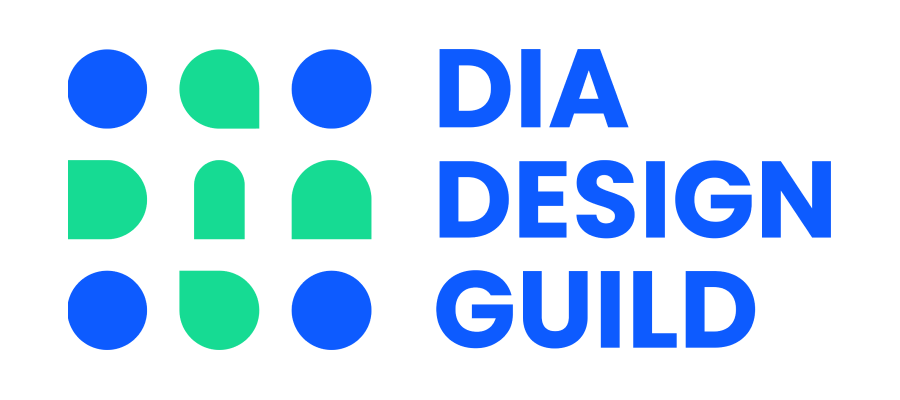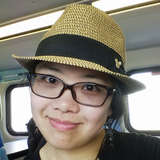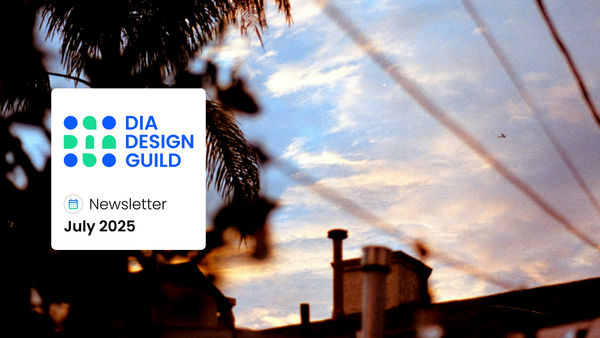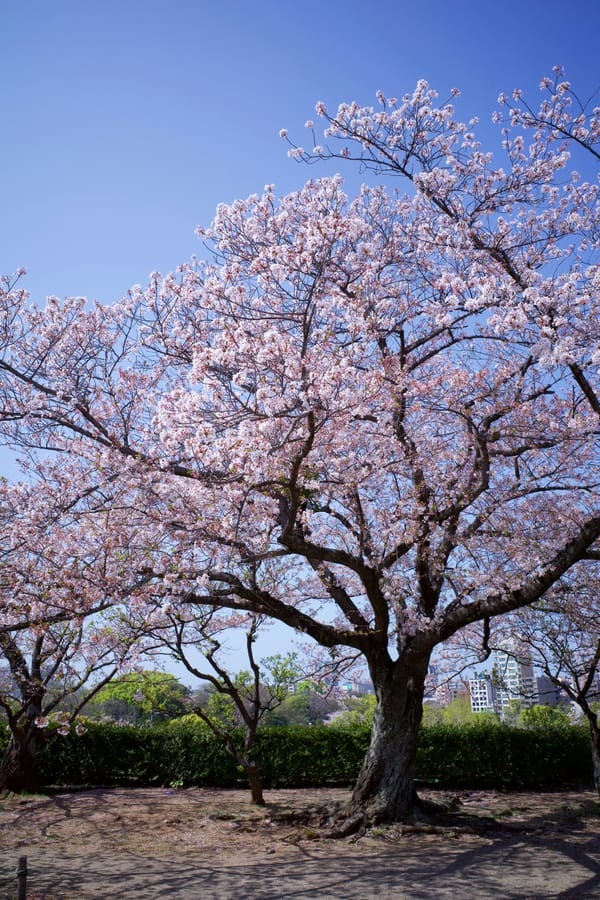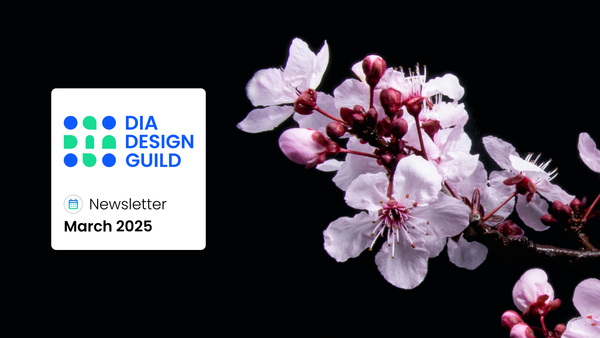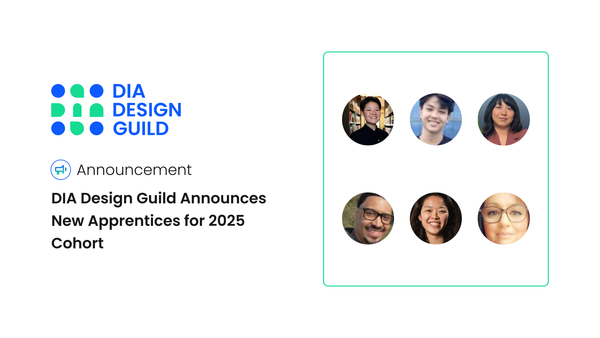How Experience Designers are the New Event Planners: The Initial Designs for BBQUX
SGVUX’s founder, Grace Lau, gave a talk and a workshop on “How Experience Designers are the New Event Planners.”
Our fifth San Gabriel Valley UX meetup took place on July 2nd, 2019 at C4 Creative Studios in Temple City, California. SGVUX’s founder, Grace Lau, gave a talk and a workshop on “How Experience Designers are the New Event Planners.” How do you make events more memorable and meaningful? By viewing events as a product.

This venue was held at C4 Creative Studios in Temple City. While not the first time SGVUX has been hosted there, it was the first time we tried ice cream with toppings like red beans and granola! To prepare for the hot July evening, we brought lots of ice-cold refreshments, fresh fruit, pita and croissant sandwiches, and red, white, and blue cupcakes.

Key takeaways from Grace’s talk
Grace first asked us what we thought a good event is. Some thought a good event should be inclusive so anyone can partake in it, others thought it should include fun activities to engage people. A few mentioned they wanted to get something out of it, while a couple thought events change based on the kind of event it was (i.e., a personal event versus a professional event).
As thoughts were shared, Grace noted that many of the qualities being mentioned were also qualities products have. Thus, event design should be synonymous to product design, and include:
- Being accessible to all attendees
- Clear and easy to understand
- Valuable and desirable to the end-user
- Learnable and memorable enough to be predictable
- Credible and verifiable
- Delightful — make an event extraordinary and exceed expectations
While events should be accessible to all attendees, it also has a primary end-user. We have to understand the user needs in order to understand the event and the people who attend them. Luckily, the phases of product design can be modified to fit event design:

Once these parallels were drawn, Grace turned it over to us to apply what we learned and design a UX event about BBQ!
BBQ-UX Workshop
We broke up into groups of 2–3 person groups. We were equipped with blank pieces of paper, sharpies, post-its, and the five steps of event design. For each step, we had 10 minutes to discuss with our group before moving on to the next step.
Grace let us run with our imaginations but also tasked us to design around our creativity as she walked around checking in on our progress and discussing our ideas.
Stage 1: Brainstorm the types of people who would find this appealing
We started by defining user needs:
- Is it to experience different cultures’ understanding of what BBQ is?
- Is it a casual mixer?
- Or is it more of a professional networking event?
- How big is the UX of BBQ event?
- Is it more local such as a picnic?
- Or is it more like the Coachella of UX events?

Stage 2: Draft scenarios and storyboards of the attendee experience
We tried brainstorming solutions via storyboarding to get a better idea of the user journey.
- How attendees would discover the BBQUX event?
- What is the registration process?
- How would attendees be reminded of the event?
- How they would commute to the event?
- What is the check-in process?
- Will there be ice-breaker activities to help our attendees meet each other?

Stage 3: Plan the structure and flow of the space
On paper, we drew our ideas on how the event would be organized:
- What would the seating arrangement be (pre-determined or not)?
- Would we cook the BBQ ourselves or would it be pre-cooked for us?
- What types of BBQ would there be?
BBQ varies among different cultures such as Texas, Korean, Mongolian, and Hawaiian BBQ. For one group, the experience of how to cook these various forms of BBQ, as well as their cultural significance, was what we wanted to capture.

Stage 4: Attendee interaction — pre, during, and/or post
Of course, the user workflow through the event is just as important as the content of the event. We considered how attendees would:
- Discover the event: through social media? Word of mouth?
- Be reminded of the event: via text messages? Emails?
- Commute to the event: Is the event accessible to public transportation?
- Interact with other attendees of the event: Will there be ice breakers? Formal introductions? Collaborative workshop activities?
- Be notified of feedback on how to make the next BBQUX event better.

Stage 5: Craft different session formats to engage different types of users
We quickly learned that good event design is a very broad topic with many interpretations, even if we follow the 5 steps listed out above. Turns out, like product design, event design has lots of facets regarding the user experience to consider:
- The setting: is it indoor? Outdoor? Combo of both?
- The number of people that can be accommodated
- The types of BBQ food that can be offered
- Are family and friends allowed? If so, what value does the event hold for them?
- Is this a workshop event? If so, what materials are needed?
- Does the current space also accommodate for a workshop? Or is it necessary to relocate to another space?

Perhaps this is why experience designers are the new event designers; while not a physical product, the experience of an event is what makes it valuable and memorable. Most importantly, we learned that a BBQUX is an event we look forward to designing, but it will take a while to organize so that all of our attendees have a great experience.
Special thanks to:
- Grace G Lau for facilitating and moderating the workshop and bringing ice cream
- Julie Medina-Despard for helping us with food sponsorship
- Jesse Lee Despard for writing this article
